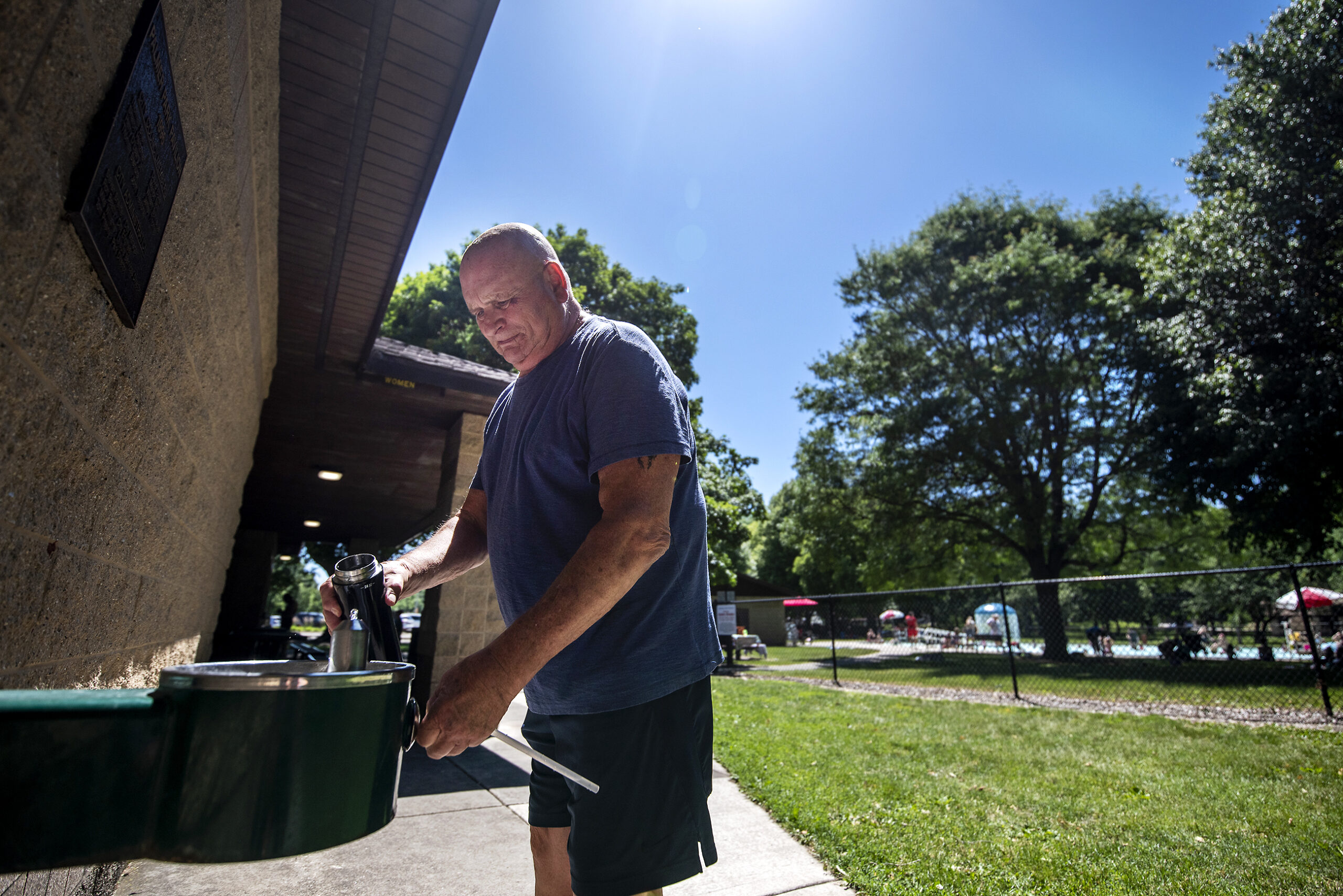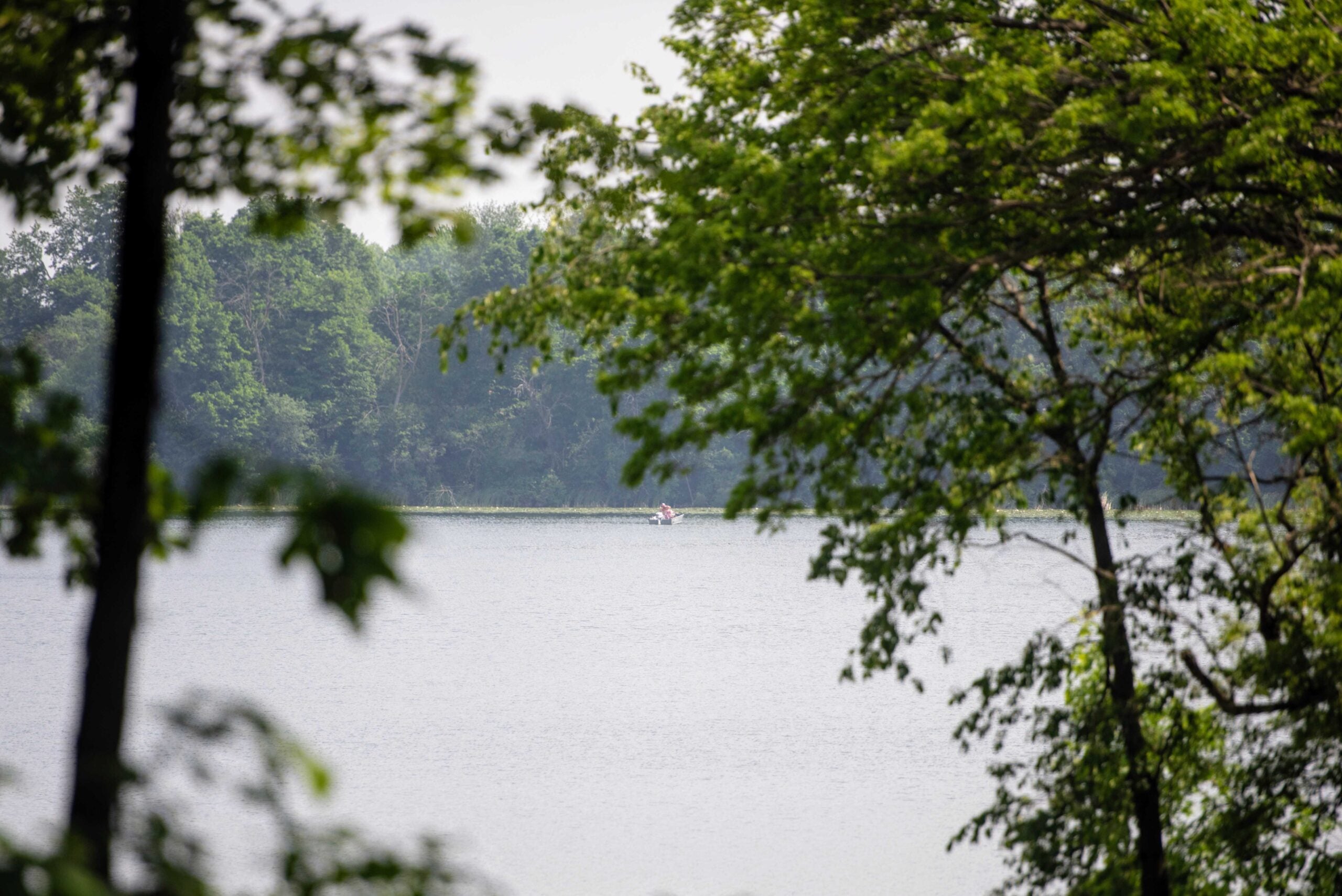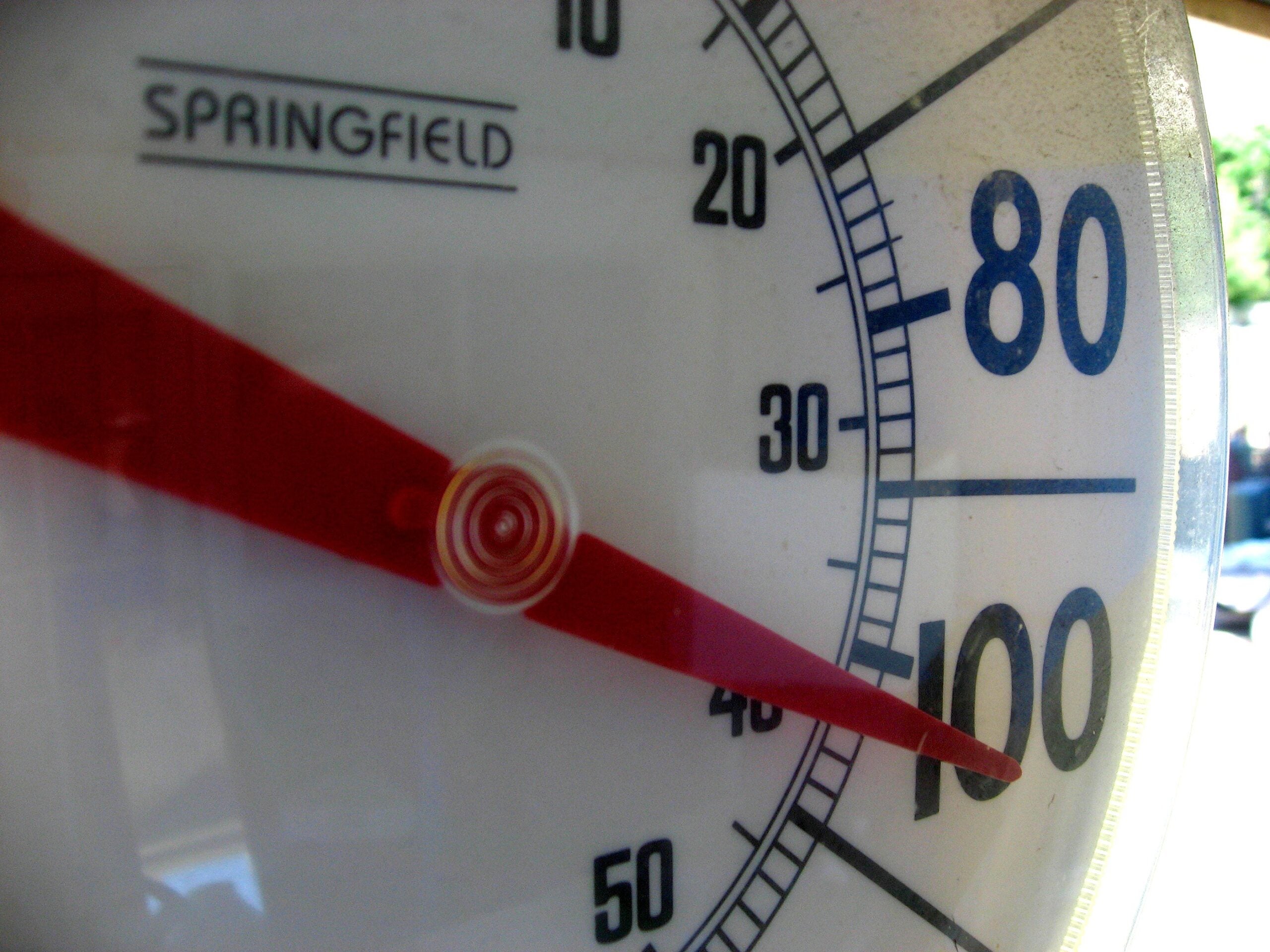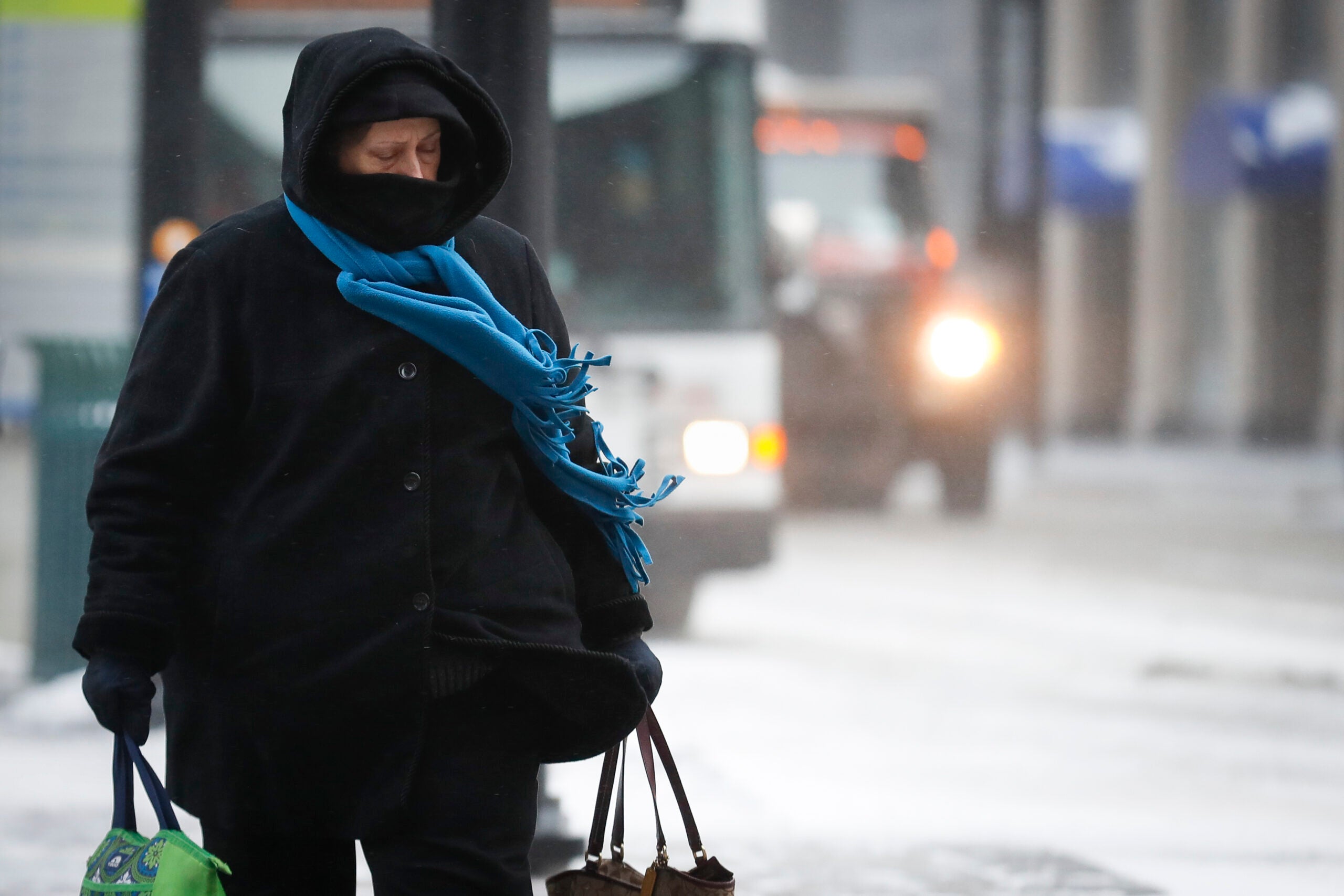The first heatwave of the summer is rolling through Wisconsin, bringing in high humidity and temperatures in the 90s.
A high pressure system that brought extreme temperatures to the Southwest last week is shifting to the eastern half of the United States. The heatwave is expected to bring high temperatures to millions of Americans from Iowa to Maine.
Portions of Illinois, Iowa and Missouri were under an excessive heat advisory from the National Weather Service that is expected to remain in effect throughout the week.
News with a little more humanity
WPR’s “Wisconsin Today” newsletter keeps you connected to the state you love without feeling overwhelmed. No paywall. No agenda. No corporate filter.
In Wisconsin, Madison is expected to have highs around 92 degrees on Monday and 91 degrees on Tuesday, before a high of 84 on Wednesday. Milwaukee is expected to have highs around 92 Monday and Tuesday, with a high of 87 on Wednesday.
Meanwhile, Green Bay is expected to have a high of 89 degrees on Monday, followed by 90 on Tuesday. La Crosse is expected to have a high of 85 degrees on Monday, and 89 on Tuesday.
Those high temperatures will be accompanied by humid conditions, according to Denny VanCleve, a meteorologist for the National Weather Service’s Milwaukee/Sullivan office.
“With the high humidity, you’ll definitely be sweating a lot out there, so you will want to drink plenty of fluids,” he said.
VanCleve said Wisconsinites should expect warm weather through Tuesday, but a cold front will move through the northwest half of the state on Wednesday.
That cold front should keep temperatures in the northwest part of the state down around the 70s on Wednesday, but Madison is expected to have temperatures in the 80s and Milwaukee still has a chance of hitting 90 degrees, VanCleve said.
VanCleve also said the state has a chance of seeing above normal temperatures for the rest of the summer.
“It leans a little more on the warmer side, but it doesn’t guarantee that’s going to be the overall trend,” he said. “Right now the outlook needle is leaning a little more towards the higher chance for above normal temperatures versus normal or below normal.”
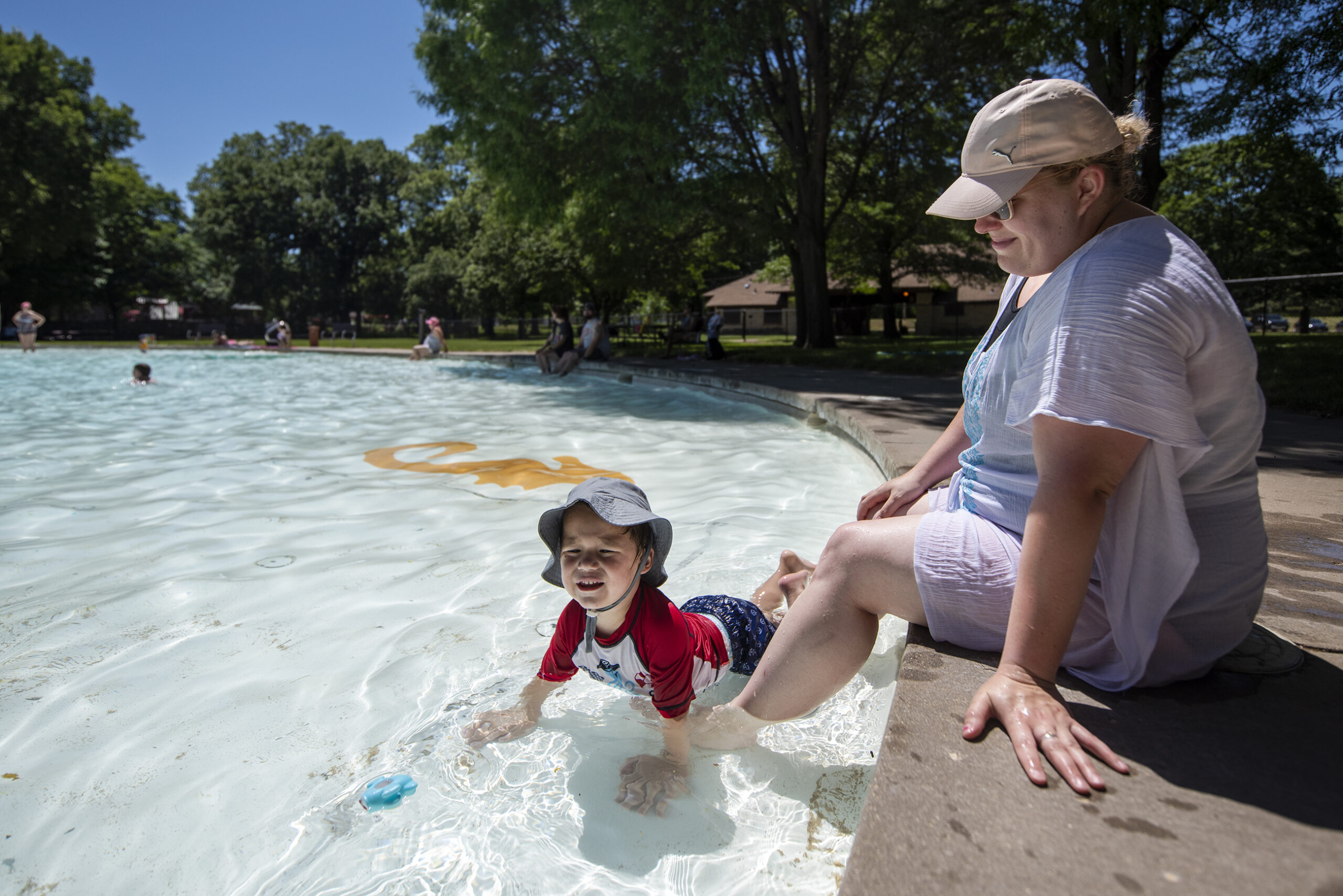
High temperatures bring health risks
High temperatures bring with them risks to public safety. State officials say summer heat waves are one of the biggest weather-related causes of illness and death.
An estimated 148 Americans die from extreme heat and humidity each year, according to the state Department of Health Services’ Extreme Heat Toolkit. From 1982 to 2008, 116 Wisconsinites died from heat-related fatalities, the toolkit states.
Wisconsin has had a total of 41 heat-related deaths since 2020, state data shows. Last year, the state saw 10 heat-related deaths and more than 750 state residents visited the emergency room for heat-related illnesses in 2023. In 2022, the state had 14 heat-related deaths and over 700 heat-related emergency room visits.
Staying safe in the heat
Anytime temperatures get above 90 degrees, it’s important to watch for signs of heat exhaustion or other heat-related illnesses, said Andrew Beckett, a spokesperson for Wisconsin Emergency Management. Symptoms to watch for include confusion, rapid breathing, increased heart rate, nausea and vomiting.
“These are all signs that you might have some serious problems, and may need to seek medical attention,” Beckett said.
Officials recommend staying indoors as much as possible, as well as making sure to drink lots of water. If residents do not have air conditioning at home, they may be able to cool down at a local library, mall or other indoor public spaces.
Those most at risk for heat-related illness include elderly individuals, young children, pregnant women, people who work outside and people with chronic health conditions.
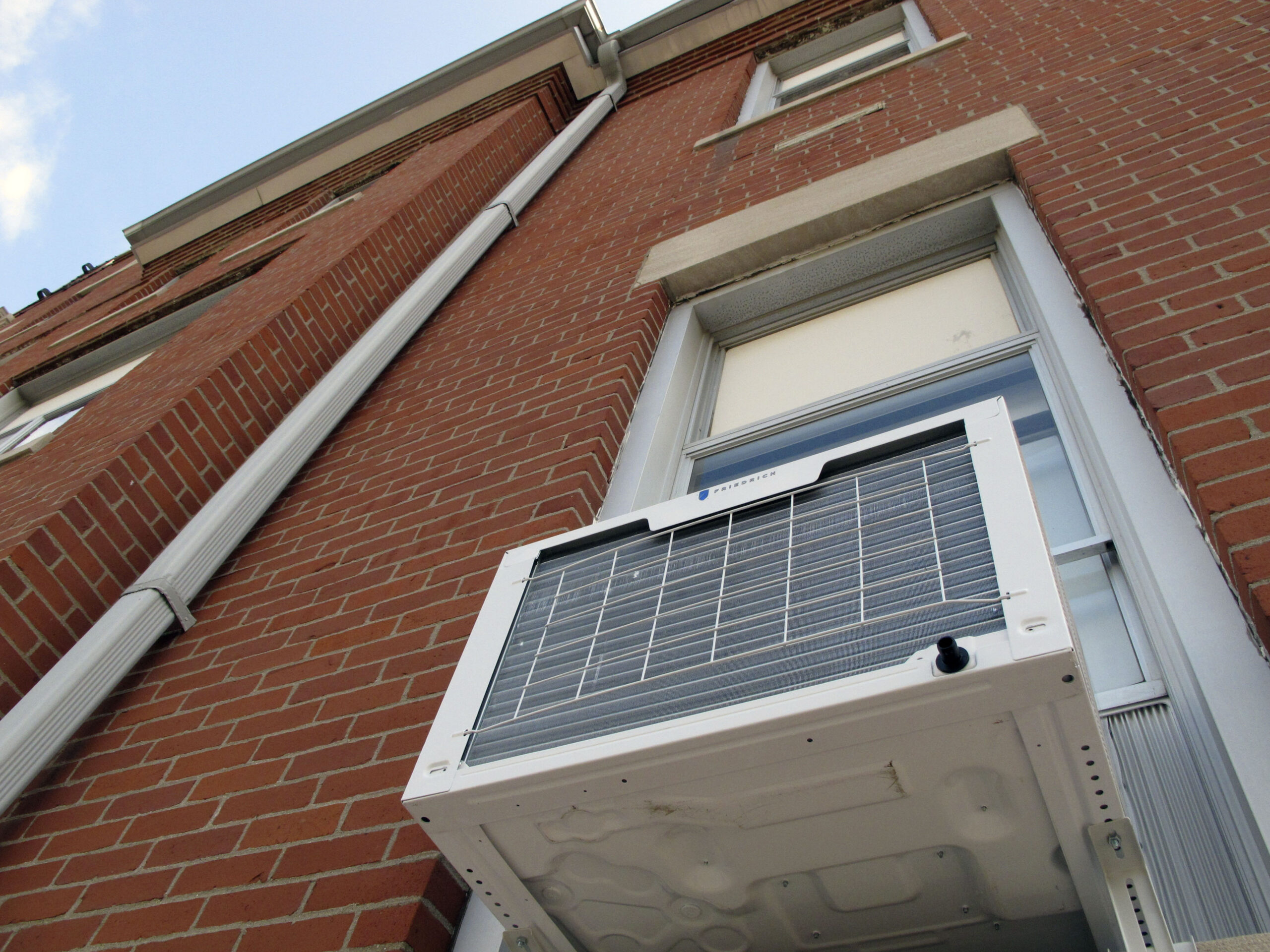
“It’s important to recognize that almost everybody’s at risk, so people shouldn’t just take it for granted that they’re not at risk,” said Dr. Sheryl Bedno, the chief medical officer for the state Department of Health Services Bureau of Environmental and Occupational Health.
State officials also said it’s critically important to never leave a child or pet unattended inside a parked car. On an 80-degree day, temperatures inside a parked vehicle can climb roughly 20 degrees in 10 minutes under direct sunlight.
“Even if you think you’ve left the air conditioning on, they really should never be unattended inside of a car,” Beckett said. “Because if that air conditioning fails, if they’re not able to take action to save themselves, you could be putting them into a dangerous situation very quickly.”
Wisconsin Public Radio, © Copyright 2025, Board of Regents of the University of Wisconsin System and Wisconsin Educational Communications Board.




